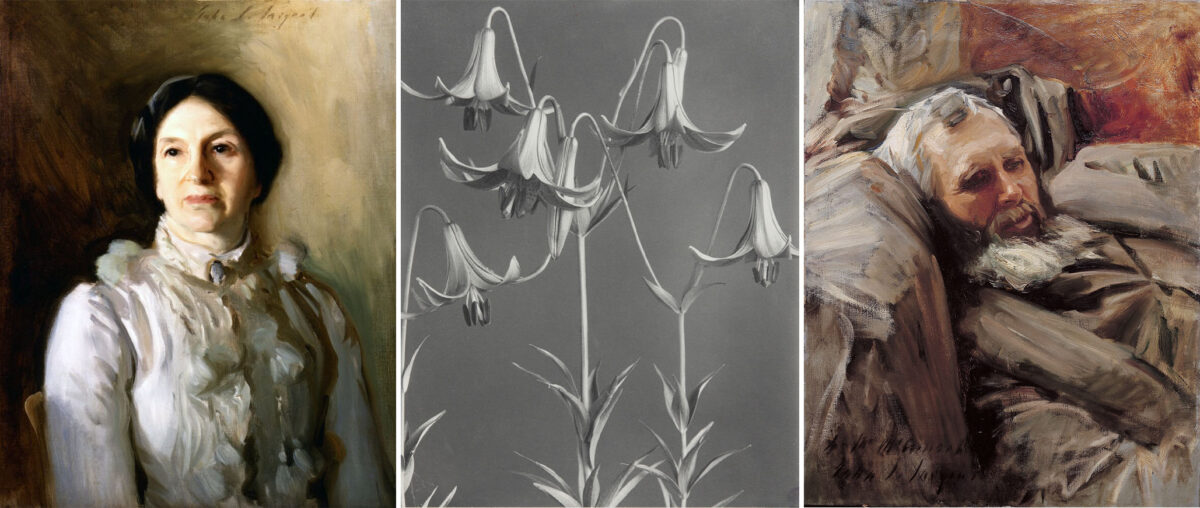Boston Treasures: Revere’s Ride, Sargents, Architecture, and the Athenaeum
Boston wears its history like a well-made coat: lived-in, layered, and unexpectedly stylish. This piece walks through four cornerstones of the city’s cultural map—Revere’s ride, the paintings by Sargent, the lively architecture, and a library that doubles as a museum and cultural center. Each one surfaces as we move toward America’s 250th anniversary.
Paul Revere’s midnight ride is more than a legend; it’s a thread that runs through Boston’s public memory. Statues, plaques, and the streets themselves keep the story present without turning it into a museum diorama. The ride still sparks conversations about civic courage and the messy work of building a republic.
John Singer Sargent’s portraits and landscapes bring a different kind of energy: sumptuous, exacting, and quietly modern. His brushwork captures both glamour and the ordinary, making familiar faces feel urgent again. In galleries and private collections his paintings show why Boston’s art scene matters as much as its history.
The city’s architecture is a live exhibit, not a preserved stage set. Federal rowhouses rub elbows with Victorian flourishes and sleek new glass towers, creating a skyline that keeps one eye on the past and the other on what’s next. Walk a single block and you can feel how different eras argue with one another in the best way.
The library in question functions as more than a place to borrow books; it acts as a museum and cultural center with depth and texture. Its reading rooms hold rare volumes, its galleries rotate exhibits, and its public programs pull different communities into the same room. That mix of research, display, and public life gives the building a civic heartbeat.
Framing these assets together makes for a richer anniversary narrative than any parade can provide. As communities plan celebrations for America’s 250th anniversary, these sites offer substance over spectacle. They invite residents and visitors to engage with history through objects, architecture, and ongoing cultural practice.
Visiting these places reveals how living traditions persist in small details: a carved mantel, a brushstroke, a plaque that reframes a familiar route. They are not frozen relics but active parts of neighborhood life, where residents and newcomers reuse and reinterpret the past. That continuity matters because it keeps history useful rather than ornamental.
Experience is the point, not perfection. Spend a morning tracing Revere’s route, an afternoon absorbed in Sargent’s textures, and an evening wandering streets that look different depending on the light. Let the library be the place you pause, read, and decide which stories to carry home.
These cultural touchstones are durable because they change how people relate to place, not because they are kept pristine behind glass. They encourage curious minds to ask sharper questions and make everyday spaces feel richer. In the run-up to the 250th, that kind of civic imagination is the most interesting kind of celebration.

